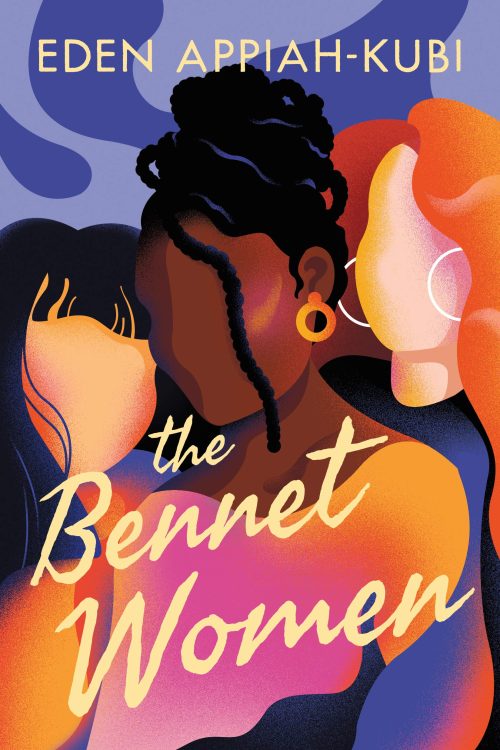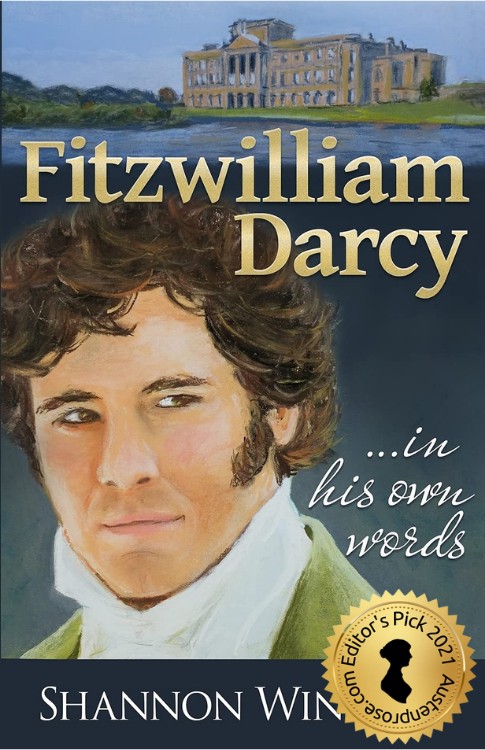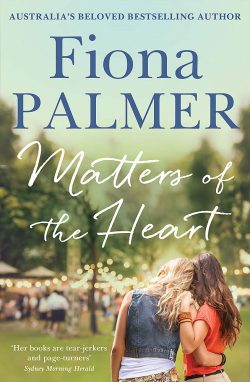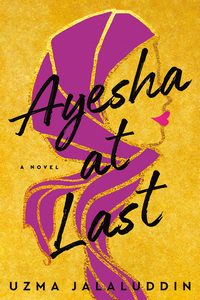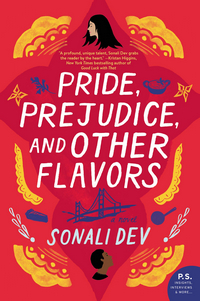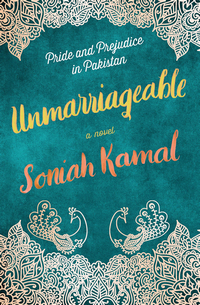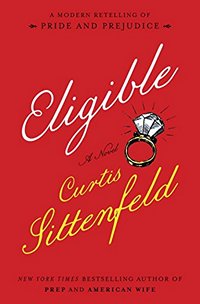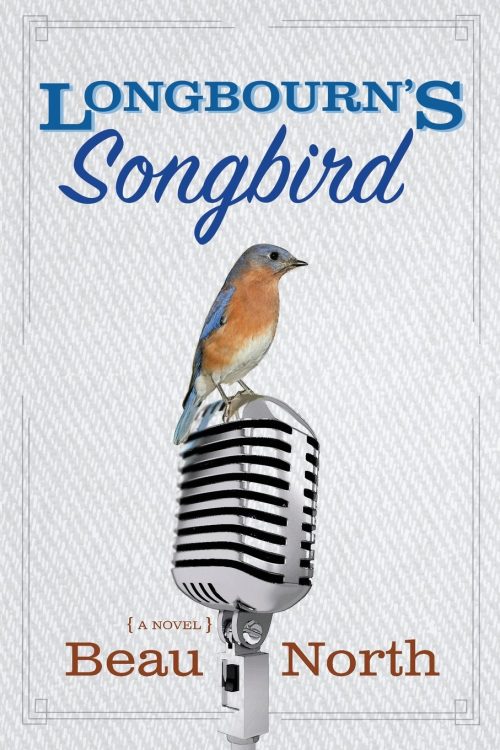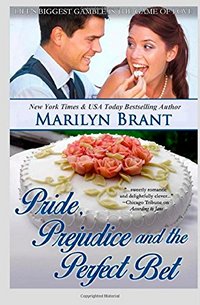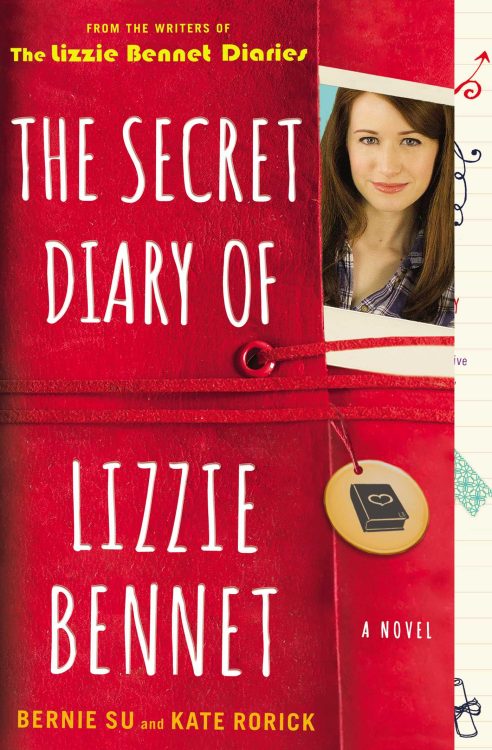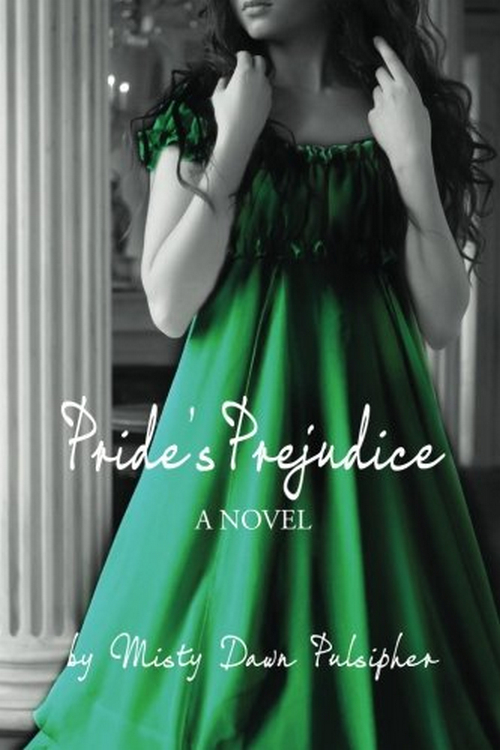From the desk of Sophia Rose: Jane Austen’s works have a timeless quality that make them appealing for contemporary retelling. The Bennet Women, by debut author Eden Appiah-Kubi, is a new adult tale inspired by Austen’s Pride and Prejudice centered around the young women living at Bennet House on a private college campus who experience... Continue Reading →
Fitzwilliam Darcy in His Own Words, by Shannon Winslow — A Review
From the desk of Katie Jackson: In a November 1814 letter to her niece, Jane Austen wrote that “nothing can be compared to the misery of being bound without love.” She had brilliantly illustrated her point with many unenviable couples in her novels serving as warnings of what her protagonists should strive to avoid. Likewise, readers found... Continue Reading →
Matters of the Heart, by Fiona Palmer — A Review
From the desk of Sophia Rose: One of the brilliant things about modern retellings is the amusement in discovering the similarities in the characters and scenes to the original while still getting a unique flavor to the story by seeing them in a new setting. Fiona Palmer's, Matters of the Heart, a modern retelling of... Continue Reading →
Ayesha At Last: A Novel, by Uzma Jalaluddin— A Review
From the desk of Natalie Jenner: I am a firm believer that the love story at the heart of Pride and Prejudice is the best-constructed romance arc in all of literature. Author Julian Barnes once said of Darcy and Elizabeth that “the lovers are really made for each other—by their creator. They are constructed for... Continue Reading →
Pride, Prejudice, and Other Flavors: A Novel, by Sonali Dev — A Review
Recently I pulled Pemberley, or Pride and Prejudice Continued, by Emma Tennant off my bookshelf. I was feeling nostalgic after looking at my “to be read” pile of new Jane Austen Pride and Prejudice retellings that have or will hit bookstores this year. It was one of the first P&P inspired novels that I read... Continue Reading →
Unmarriageable: A Novel, by Soniah Kamal – A Review
A review of Unmarriageable, a colorful and lively retelling of Jane Austen's Pride and Prejudice set in 2000 Pakistan.
Eligible: A Modern Retelling of Pride and Prejudice, by Curtis Sittenfeld – A Review
From the desk of Tracy Hickman: Jane Austen is a tough act to follow and that is exactly what the Austen Project asks contemporary authors to do: reimagine one of Austen’s novels in the here and now. Curtis Sittenfeld, the author of four novels including Prep and American Wife, was chosen to take on Austen’s... Continue Reading →
Longbourn’s Songbird: A Novel, by Beau North – A Review
From the desk of Kimberly Denny Ryder: Much of the Jane Austen Fan Fiction that I read usually falls into two categories: works that take place during the Regency Period and works that take place during contemporary times. Works that take place during times of war are fairly rare (Darcy Goes to War by Mary... Continue Reading →
A Preview of Longbourn’s Songbird: A Novel, by Beau North
From the desk of Laurel Ann Nattress: Just released this week is a new Jane Austen-inspired novel, Longbourn’s Songbird. Based on Austen’s iconic novel, Pride and Prejudice, author Beau North has transported the action to post WWII South Carolina. While Pride and Prejudice has spawned the largest number of sequels in print, most of those are... Continue Reading →
Pride, Prejudice and the Perfect Bet, by Marilyn Brant – A Review
From the desk of Katie Patchell: Why is it that Jane Austen’s novels, particularly Pride and Prejudice, have had so many continuations, sequels, and contemporary versions based off of the originals? It’s not just the fact that her books are classics—after all, you don’t see many contemporary versions of Jane Eyre. Or Dickens. How many... Continue Reading →
The Secret Diary of Lizzie Bennet, by Bernie Su and Kate Rorick – A Review
From the desk of Lisa Galek: In 2012, The Lizzie Bennet Diaries debuted on YouTube. Smart, confident (and only slightly prejudiced) grad student Lizzie Bennet posts videos twice a week all about her life, friends, and family. The Internet promptly fell in love. But, there were some things Lizzie couldn’t share in her videos. Luckily, she... Continue Reading →
Pride’s Prejudice: A Novel, by Misty Dawn Pulsipher – A Review
From the desk of Kimberly Denny-Ryder: We all make first impressions. Every time we meet a stranger we immediately form an initial opinion, whether it be good, bad, objective, subjective, or any other form. Sometimes, after meeting this person, his/her actions fall so far opposite to your initial impression that it simply astounds you. I... Continue Reading →
